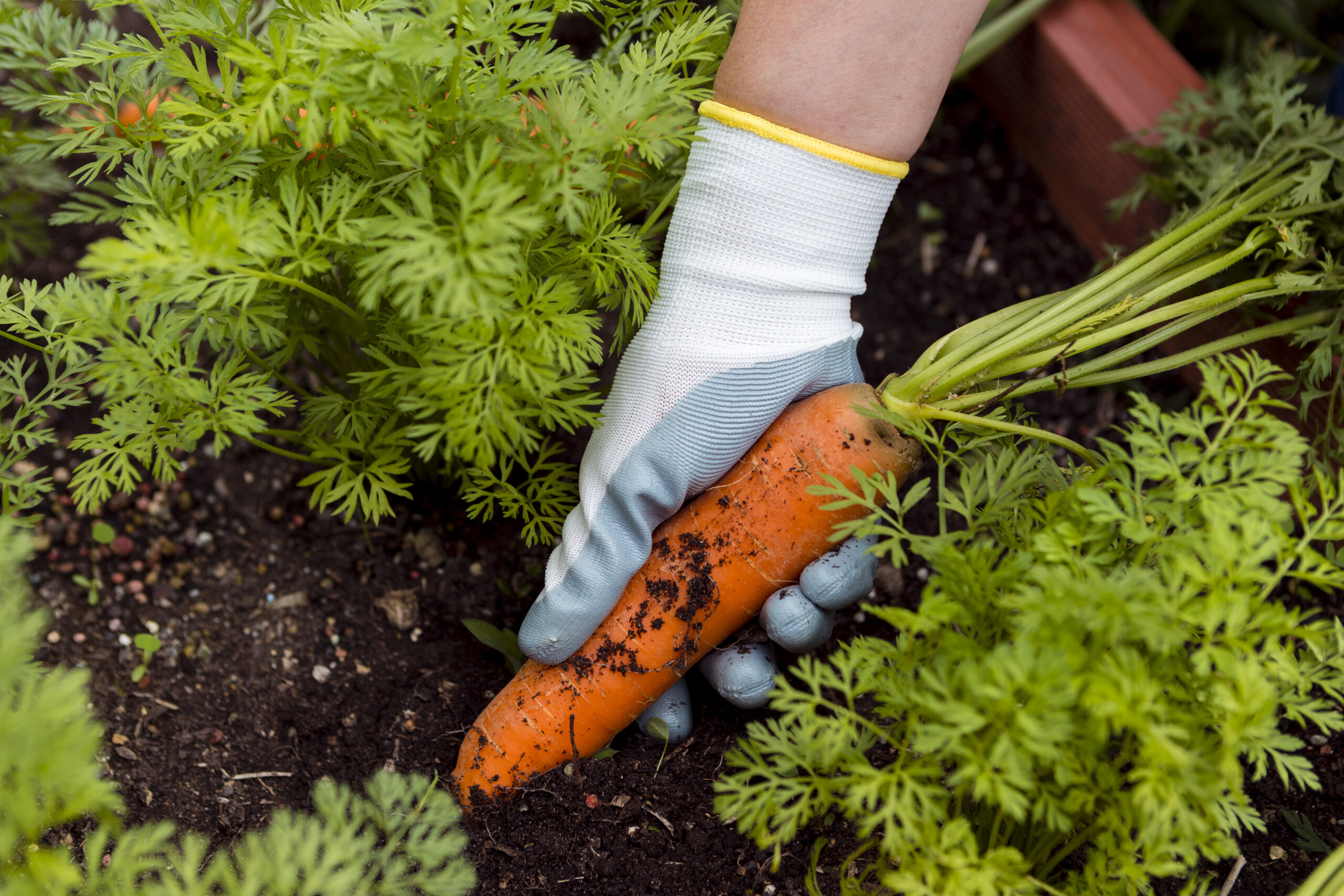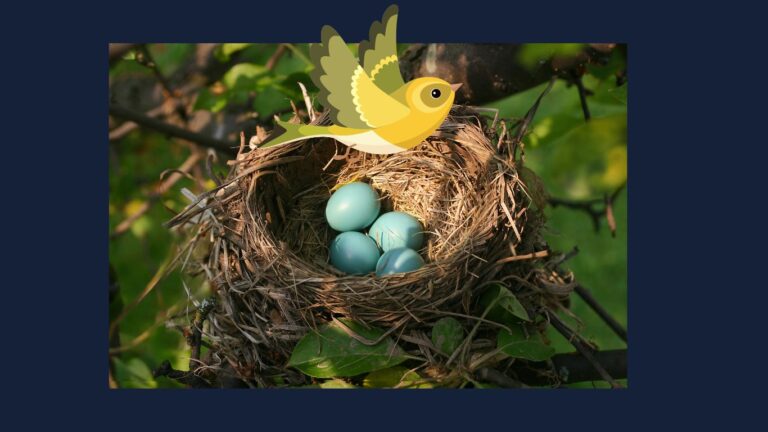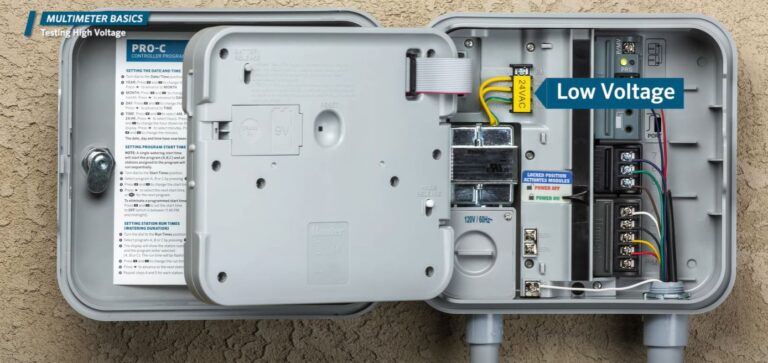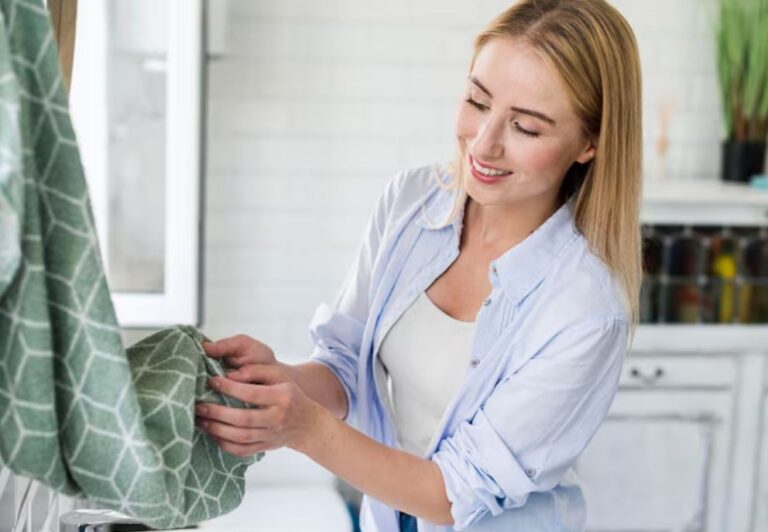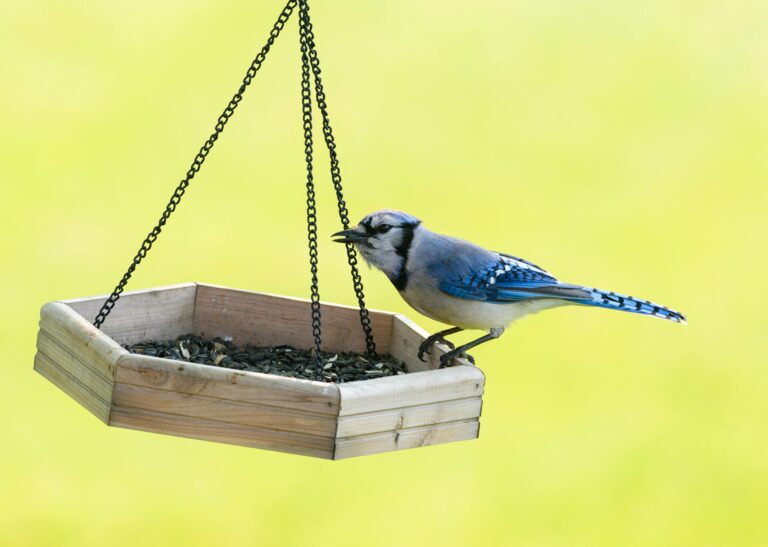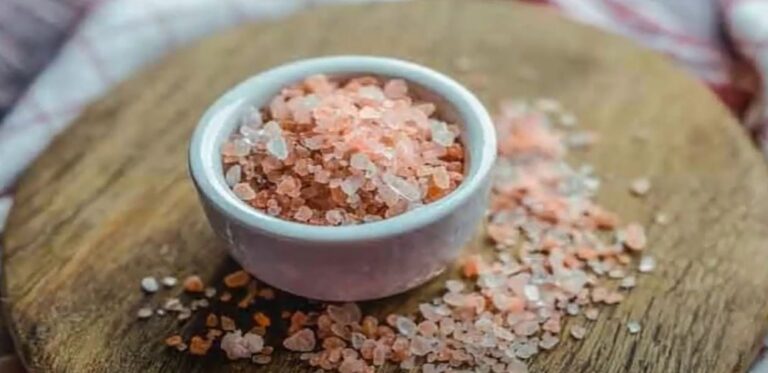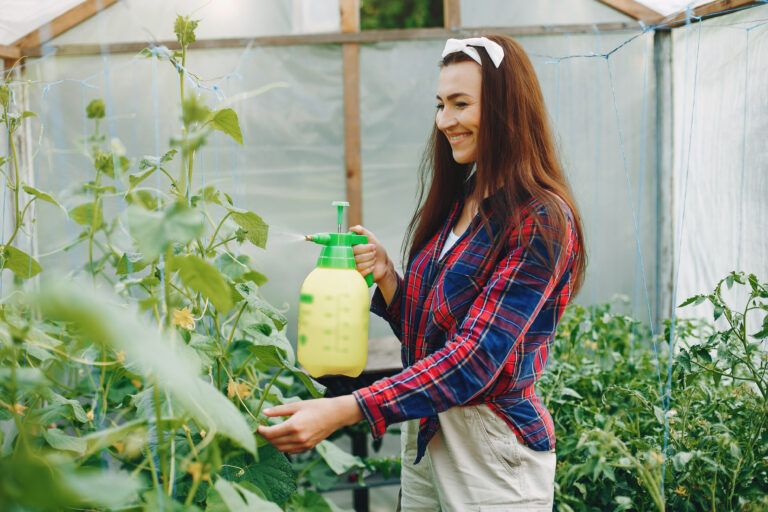how to store carrots from the garden long term
To store carrots long term: harvest carefully, trim the tops, don’t wash, and pack in damp sand or sawdust inside a cool, dark place (32–40°F with high humidity) like a root cellar, basement, or insulated box. This way, they’ll stay fresh for 4–6 months.
There’s nothing quite like the feeling of pulling a fresh, bright orange carrot from your own garden soil. It’s a small harvest miracle, promising crunch, sweetness, and nutrition.
But what happens when you have a whole basket of them? Proper storage is the key to preserving that just-picked flavor and crisp texture for months to come.
Doing it right means you get to enjoy the nutritious rewards of your labor with less waste and no need for constant trips to the grocery store.
The best method for you depends on how long you want them to last and what space you have available.
The good news is that you have simple, effective options, from an easy fridge hack to a traditional cellar method.
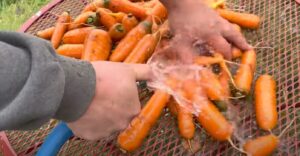
2. The Golden Rule: Remove the Tops!
This is the most critical step, and it must be done immediately after harvest.
-
Why? The leafy green tops are constantly drawing moisture and nutrients out of the root to sustain themselves. If left attached, they will cause your hard-grown carrots to become soft, rubbery, and limp within just a day or two.
-
How? Grab the carrot in one hand, the greens in the other, and twist. The greens can be composted or used as a mulch in your garden.
3. Short-Term Storage (For the Fridge)
This method is perfect for keeping your carrots fresh and crisp for several weeks to a couple of months. It’s simple and requires no special equipment.
-
Do Not Wash: Resist the urge to wash them! The thin layer of soil helps protect them. Gently brush off any large clumps of dirt.
-
Contain with Humidity Control:
-
The Best Way: Place the unwashed carrots in a sealed plastic bag or airtight container lined with a paper towel. The towel absorbs excess moisture that leads to rot.
-
The Crisp Way: You can also submerge them completely in a container of cold water. Change the water every few days.
-
-
Store in the Crisper: Place the bag or container in the coldest part of your refrigerator, usually the crisper drawer. The cold, humid environment is ideal.
4. Long-Term Storage (Root Cellar Style)
If you have a cool, dark space like a root cellar, unheated garage, or basement, you can store carrots for up to 4-6 months.
-
Do Not Wash: Again, leave the dirt on.
-
Choose a Container: Find a box, bin, or bucket.
-
Bury in a Damp Medium: Fill the container with a slightly damp material like sand, sawdust, or peat moss.
-
Layer the Carrots: Place a layer of carrots down, ensuring they don’t touch each other. Cover them completely with your damp medium. Repeat the layers until the container is full.
-
Store in a Cool, Dark Place: The ideal spot is dark, humid, and cool (around 32-40°F or 0-4°C), but most importantly, it must be frost-free.
5. General Tips for Success
-
Check Regularly: No matter which method you use, check on your carrots every few weeks. Remove any that are getting soft or slimy to prevent spoilage from spreading.
-
Soft is Still Okay: A carrot that has softened a bit but isn’t rotten is still perfectly good for cooking! Use it in soups, stews, or roasted dishes where crispness isn’t required.
-
Wash When Ready to Eat: Always wait to wash and peel your carrots until right before you’re ready to use them
Harvesting & Preparing Carrots for Storage
Properly harvesting and preparing your carrots is just as important as the storage method itself. Doing these steps correctly prevents damage and spoilage, ensuring your harvest lasts for months.
Harvesting Carrots for Storage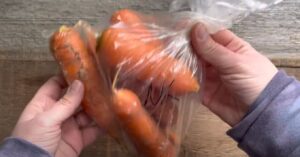
1. When to Harvest:
-
Mature Size: Carrots are ready when they have reached their full color (usually bright orange) and the shoulders (the top of the root) are about ½ to 1 inch in diameter. You can gently brush away a little soil at the base of the stem to check their size without pulling them.
-
Cool Weather is Best: The perfect time to harvest for storage is after a period of cool autumn weather but before the first hard frost. Cool temperatures (even a light frost) cause the carrots to convert stored starches into sugars, making them sweeter and better tasting. A hard freeze, however, can damage the roots.
2. How to Pull Without Damaging Roots:
-
Loosen the Soil: If your soil is heavy or compacted, use a garden fork or spade to gently loosen the soil alongside the carrot row. Insert the tool a few inches away from the roots to avoid spearing them.
-
Pull Gently: Grasp the carrot firmly at the base of the greens (not just the leaves) and wiggle it gently back and forth to loosen it from the soil. Once loose, pull straight up. This technique helps prevent the carrot from snapping
4. Storage Methods
A. Refrigerator Storage (Short to Medium-Term)
This is the most accessible method for most gardeners and, when done correctly, can preserve carrots for a surprisingly long time.
-
How Long: Properly stored, carrots can last in the refrigerator for 1 to 3 months while remaining crisp.
-
Method:
-
Perforated Plastic Bags: Place dry, unwashed carrots in a plastic bag (like a zip-top bag) with a few holes poked in it for air circulation. This prevents moisture buildup.
-
Airtight Containers (Best Method): Line an airtight container or a sealed plastic bag with a few layers of damp (not wet) paper towels. Place the carrots inside and seal the lid tightly. The paper towel provides ideal humidity, preventing the carrots from drying out while absorbing excess moisture that causes rot.
-
Crisper Drawer: Store the bag or container in the refrigerator’s crisper drawer, which is designed to maintain a higher humidity level.
-
B. Root Cellar or Basement Storage (Long-Term)
This traditional method mimics the natural, cool, and moist conditions of the ground, allowing for storage for many months.
-
Traditional Method: This involves “re-burying” the carrots in a controlled medium to prevent moisture loss and wilting.
-
Using Boxes with Damp Medium:
-
Choose a container like a cardboard box, plastic tote, or wooden crate.
-
Spread a layer of slightly damp sand, peat moss, or sawdust on the bottom.
-
Place a single layer of unwashed carrots on top, ensuring they do not touch each other.
-
Cover completely with more damp medium.
-
Repeat the layers until the box is full, finishing with a top layer of the sand or sawdust.
-
-
Best Conditions: The ideal environment is dark, with a temperature between 32–40°F (0–4°C) and very high humidity (around 90-95%). The location must be frost-free. A proper root cellar is ideal, but an unheated basement, garage, or cool crawl space can also work.
C. Freezing Carrots (Long-Term)
Freezing is excellent for preserving flavor and nutrition for cooking, but it changes the texture, making them soft. They are best used in cooked dishes like soups, stews, and roasts.
-
Blanching Process (Essential): Blanching (briefly boiling) deactivates enzymes that cause loss of flavor, color, and texture in the freezer.
-
Wash, peel, and cut carrots into desired sizes (slices, chunks, or baby carrots).
-
Boil them in water for 2-3 minutes (blanching time starts when the water returns to a boil).
-
Immediately transfer them to a bowl of ice water to stop the cooking process. Cool completely.
-
Drain thoroughly.
-
-
Packaging: Pack the blanched, dried carrots into freezer bags (pressing out as much air as possible) or vacuum-sealed bags for the best results.
-
Shelf Life: Frozen carrots will maintain best quality for 10 to 12 months.
D. Canning or Pickling (Long-Term Shelf-Stable)
This method uses heat and acidity to create a shelf-stable product that does not require refrigeration until opened.
-
Overview: Pickling involves submerging carrots in a heated vinegar-based brine, which is acidic enough to prevent the growth of spoilage bacteria. For plain carrots (not pickled), pressure canning is required due to their low acidity, but pickling is a much more common and beginner-friendly method for home canning.
-
Process: Carrots are packed into jars, covered with a hot brine of vinegar, water, salt, and spices, and then processed in a boiling water bath to seal the jars.
-
Recommended Supplies:
-
Canning Jars: Mason jars with two-part lids (a flat lid and a screw band).
-
Vinegar: Use vinegar with at least 5% acidity.
-
Other: A large pot for the water bath, jar lifter, and canning funnel.
-
-
Shelf Life: Properly canned pickled carrots can be stored in a cool, dark pantry for 12-18 months.
By choosing the storage method that best fits your quantity of carrots, available space, and how you plan to use them, you can enjoy the taste of your garden harvest all year long.
5. Tips for Longer Freshness
Implementing these simple but crucial tips will significantly extend the life of your stored carrots and prevent spoilage.
1. Keep Carrots Away from Ethylene-Producing Fruits
-
The Science: Ethylene is a natural plant hormone that acts as a gas to trigger the ripening process in fruits and vegetables. While beneficial for ripening avocados or peaches, exposure to ethylene will cause your carrots to become bitter and spoil much faster.
-
The Practice: Never store carrots in the same drawer or container as ethylene-producing items. The most common culprits to avoid are:
-
Apples
-
Pears
-
Bananas
-
Avocados
-
Tomatoes
-
-
Storage Tip: If refrigerator space is limited, ensure your carrots are in a well-sealed container or bag to minimize their exposure to the ethylene gas.
2. Maintain a Consistent, Cool Temperature
-
The Science: Carrots are a root vegetable programmed to stay dormant in cool soil. Warm temperatures encourage them to sprout new tops, soften, and decompose. Fluctuating temperatures cause condensation inside storage containers, which leads to rot.
-
The Practice:
-
For Refrigeration: Store carrots in the coldest part of your fridge, typically the back of the bottom shelf or the crisper drawer. Avoid storing them on the door, where temperatures fluctuate every time you open it.
-
For Root Cellar Storage: Use a thermometer to ensure your storage area stays within the ideal range of 32–40°F (0–4°C). Consistency is key.
-
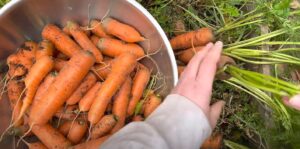
3. Regularly Check for Rotting or Mold
-
The Science: One spoiled carrot can quickly ruin the entire bunch. Rot and mold are contagious and will spread to healthy roots, especially in the humid, enclosed environments we create for storage.
-
The Practice:
-
Schedule Checks: Every 2-3 weeks, take a few minutes to look through your stored carrots.
-
What to Look For: Feel for any carrots that are becoming soft, slimy, or limp. Look for any white or blue fuzzy mold.
-
Action: Immediately remove any compromised carrots from the container. This one simple habit is the most effective way to prevent a small problem from turning into a total loss.
-
Bonus Tip: If your stored carrots have slightly softened but are not rotten, they are perfectly safe to eat! Simply use them in cooked dishes like soups, stews, sauces, or baked goods where their texture is less important than their sweet, carroty flavor.

